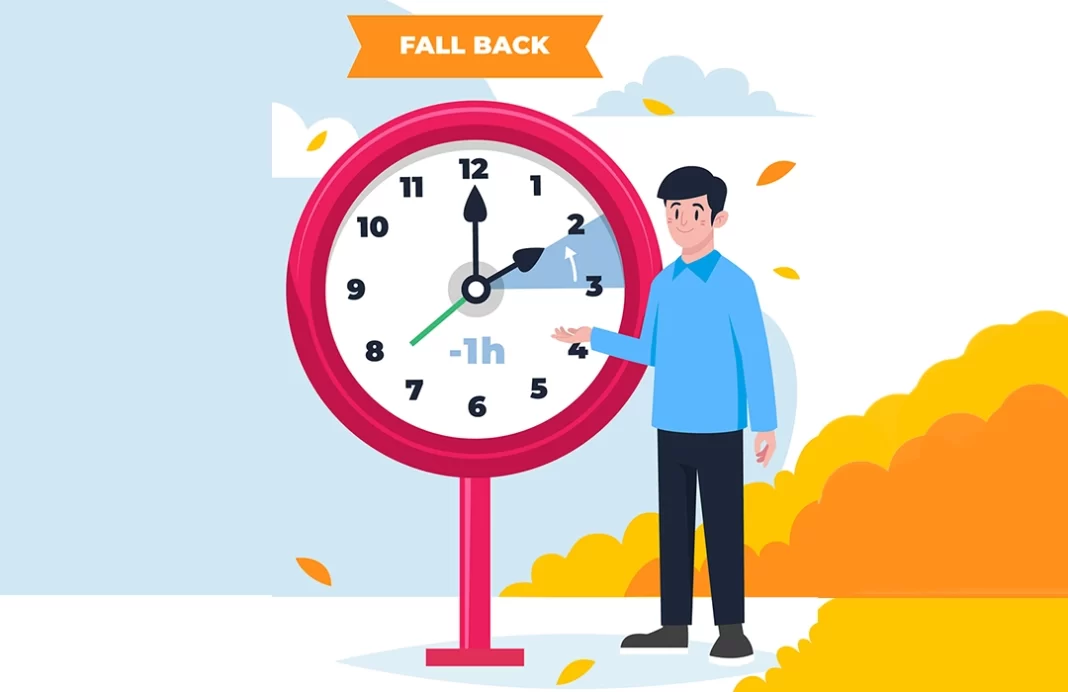As the last Saturday in September arrives, New Zealanders prepare for a familiar transition—Daylight Saving. At 2:00 AM on Sunday morning, clocks jump forward by one hour, signaling the start of longer evenings and warmer days to come. It’s a small shift on the clock but a big one in daily life.
For many, the trade-off is bittersweet. Losing an hour of sleep can make Sunday feel a bit rushed for churchgoers, with darker mornings to contend with for a few weeks. The struggle to wake up early in the dim light is real, especially for those heading to work or school. But there’s literally a brighter side. As the evenings stretch later into the night, there’s more time for outdoor activities. Kiwis look forward to barbecues, beach visits, and long walks after work.
Farmers, outdoor workers, and even businesses adjust to the new rhythm. Cafes, parks, and outdoor venues thrive during this period, with people making the most of the sunlight that lingers long after the usual workday. Communities feel a renewed energy, as neighbours catch up over evening sports, garden projects, or simply soak in the extended daylight hours.
Though the adjustment can take a week or two to settle into, for most, Daylight Saving feels like a welcome reminder that the colder months are behind and brighter, warmer days are on the horizon. It’s a shift that brings people outdoors and engages them in more activities after the long, cold winter. It’s always something to look forward to.





